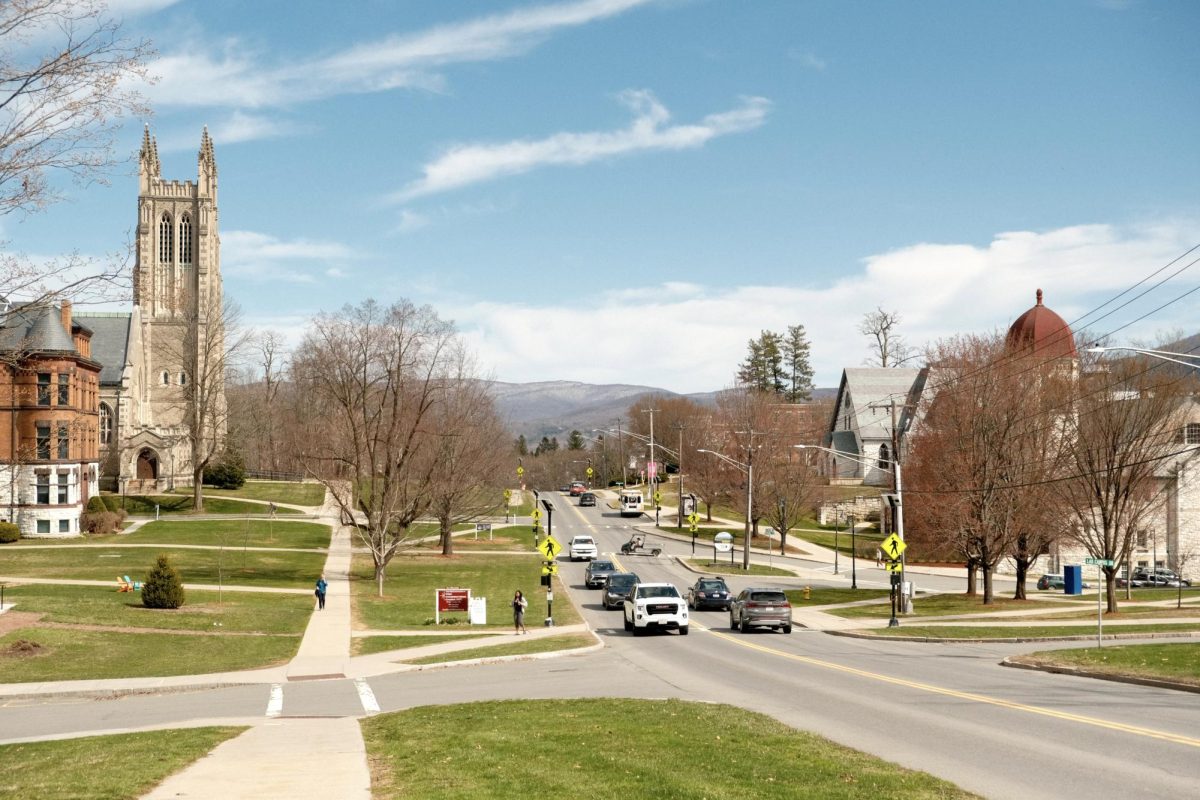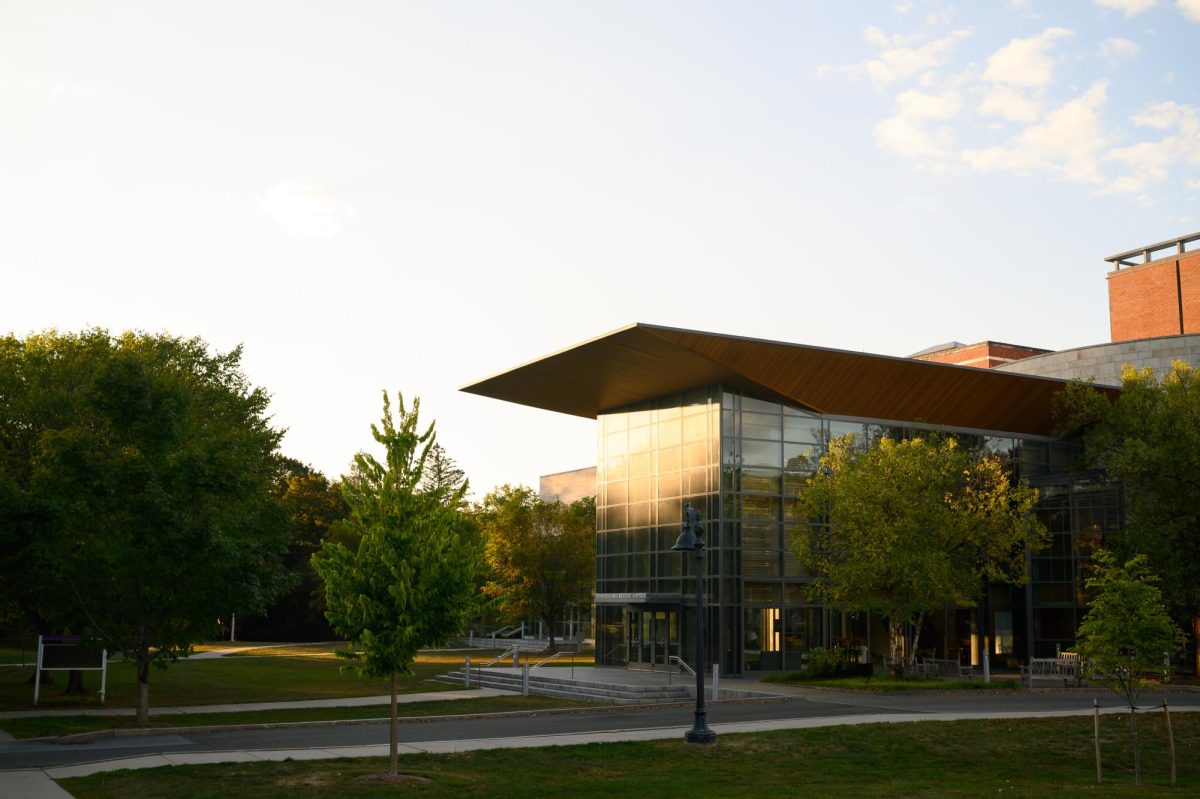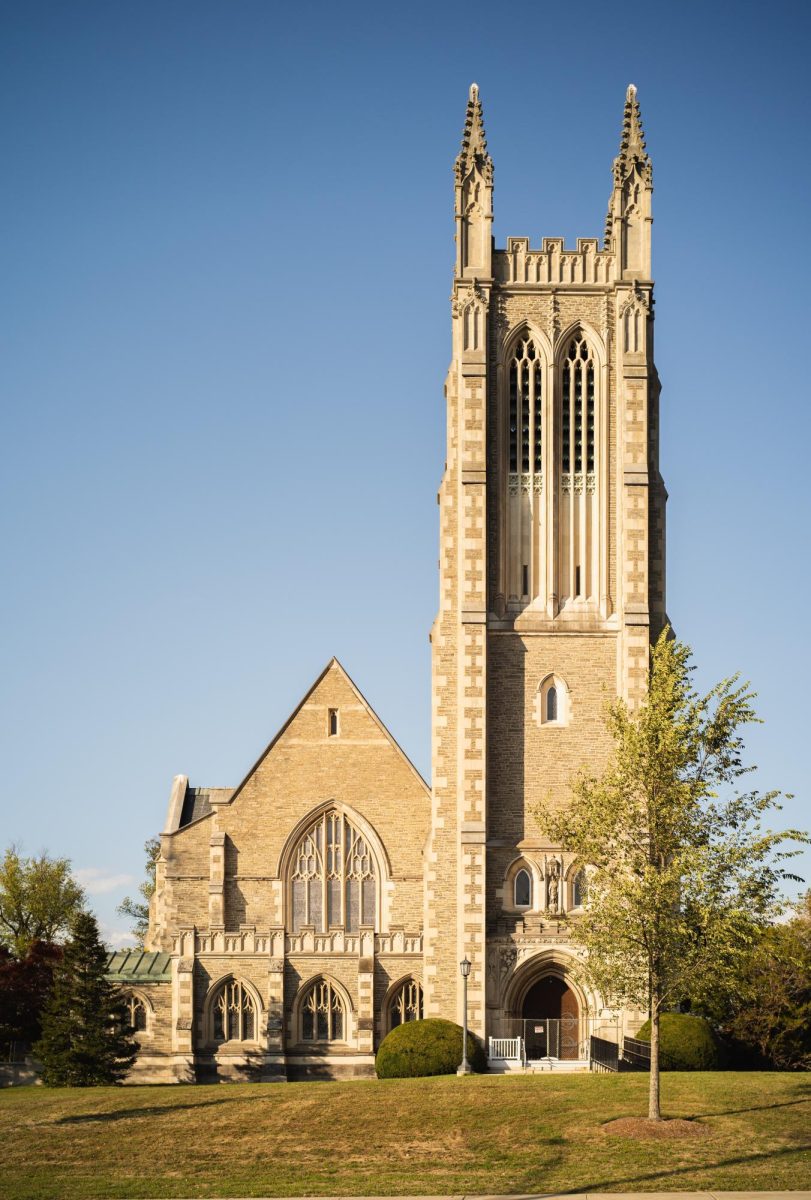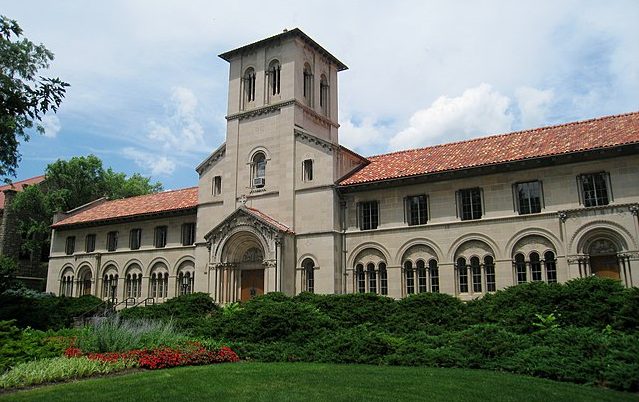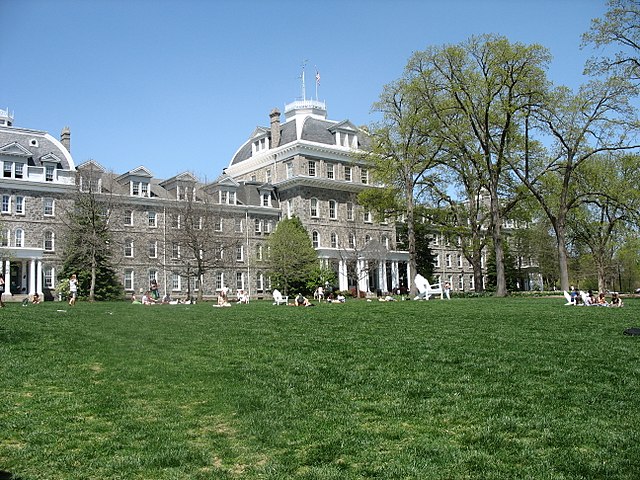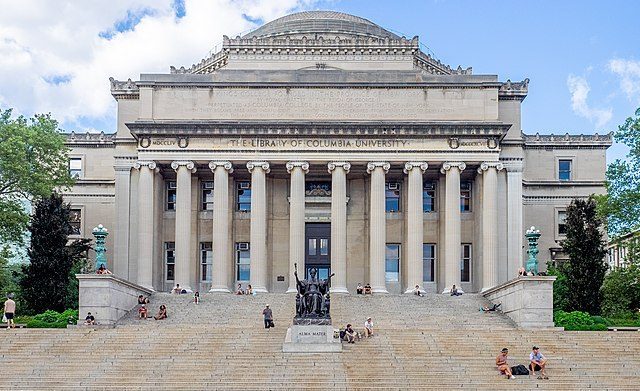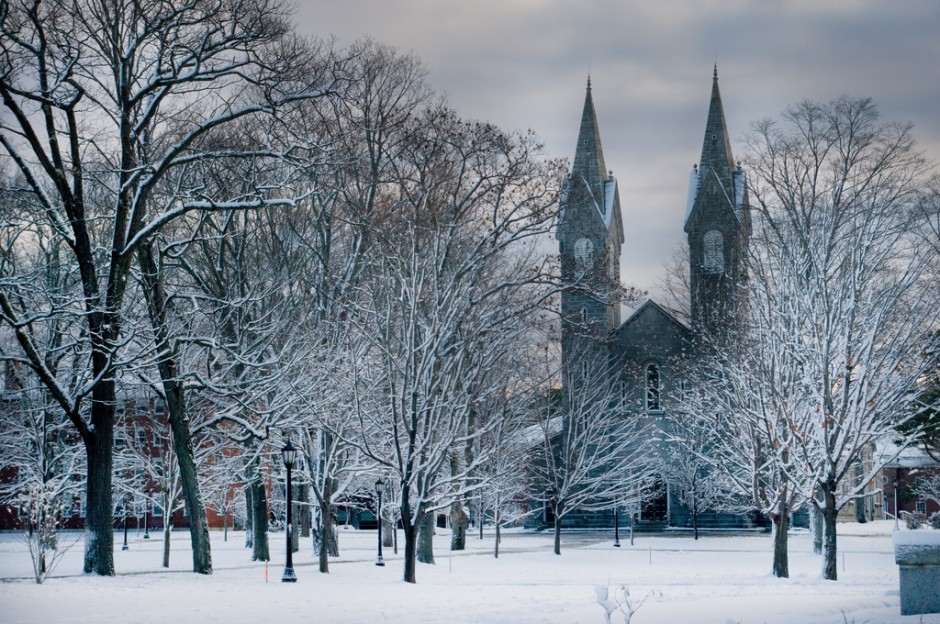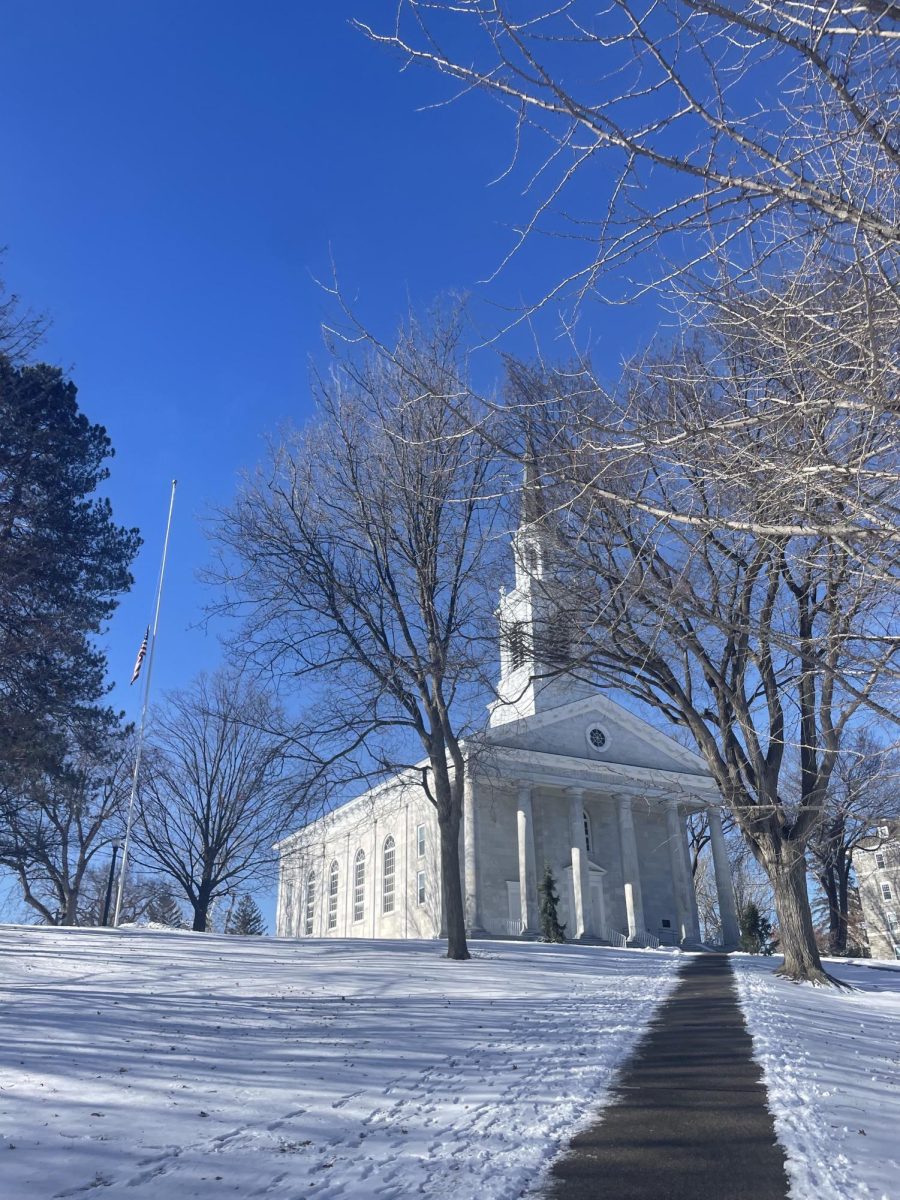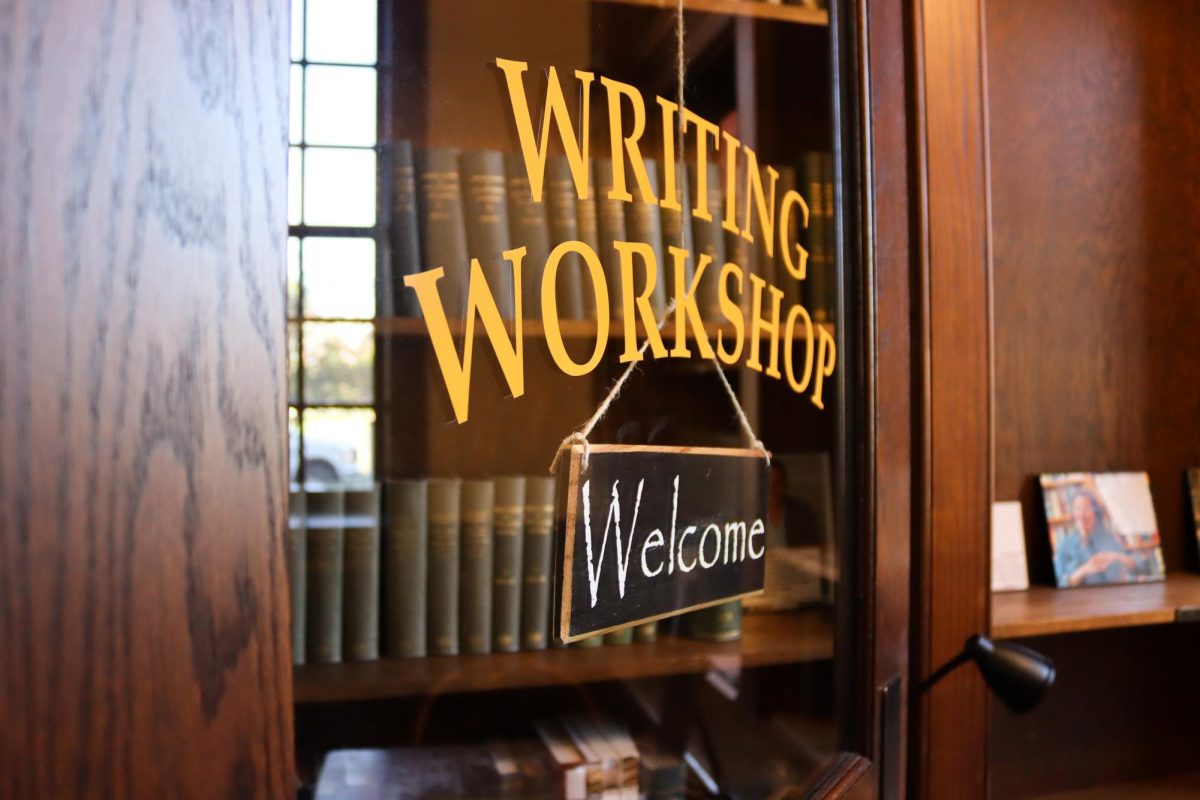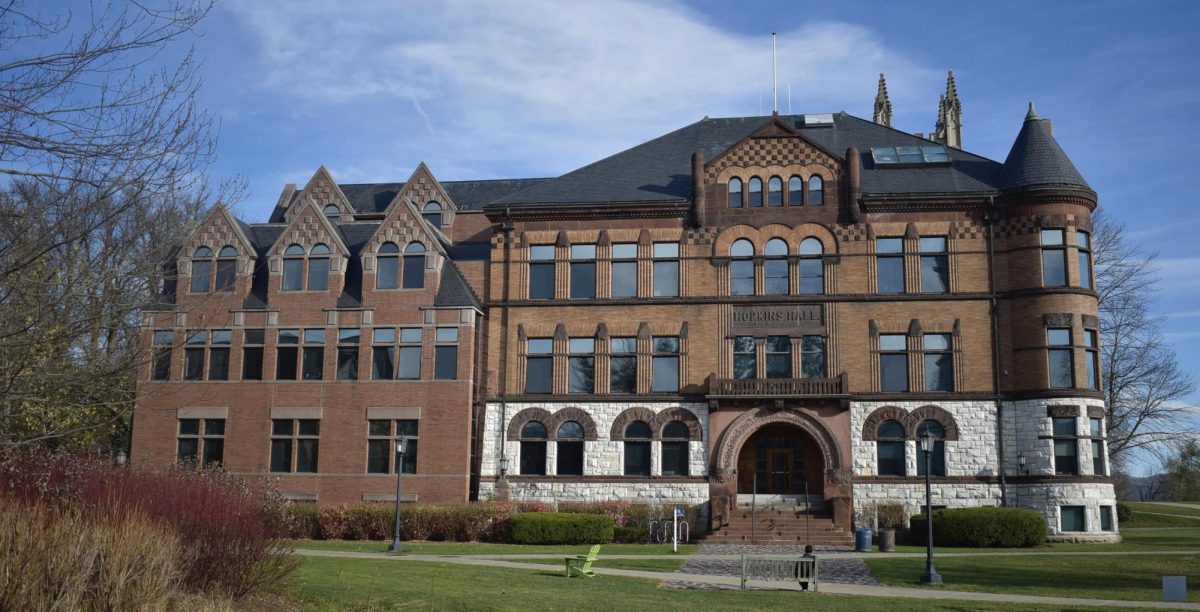UAlbany goes remote after COVID-19 outbreak
On Nov. 9, the State University of New York at Albany (UAlbany) announced that all academic classes would change to a remote format, cutting the in-person fall semester short by two weeks. This action follows a COVID-19 outbreak within the student body and rising case numbers in the surrounding area. UAlbany is the fifth SUNY school to be switched to remote status, and the university’s decision was made concurrently with a rise of COVID-19 cases in the Albany area.
After reporting 23 positive cases within two weeks, the UAlbany administration decided to test the entire on-campus student body — roughly 3,400 students — using saliva tests. The university had engaged in pooled surveillance testing where saliva samples were tested in groups and if the pool tested positive, each student in the pool would be tested individually. However, this was the first time each student in the campus body was individually tested. One hundred and fourteen of those saliva samples came back positive, for a positivity rate of 3.3 percent. Because the number of positive tests exceeded the 100-case level which requires all New York State schools to stop in-person classes, officials made the decision to switch the rest of the semester to remote.
In a statement to students and faculty, UAlbany President Havidán Rodríguez said, “While we had hoped to finish the fall semester as we started, we were also prepared to move to fully remote learning, and the time has come. We are taking this step in an abundance of caution to further protect the health and safety of our campus community.”
In addition to switching all classes to remote, dining will be take-out only, and all athletic and on-campus activities will be suspended. While campus housing will remain open, Rodríguez said “all students will be expected to stay in their rooms as much as possible.”
Haverford student strike ends after two weeks
Last Tuesday night, student organizers at Haverford College announced that after nearly two weeks, the student-led strike had come to an end, the Haverford Clerk reported. Students who participated in the strike did not attend class or other activities, or complete schoolwork while the strike was in effect. The strike was prompted by a widely criticized email from President Wendy Raymond following the Oct. 26 killing of Walter Wallace Jr., a Black man, by officers of the Philadelphia Police Department.
During the strike, student organizers made demands with the administration for specific anti-racist actions. By the end of the strike, the College had agreed to a number of those actions, including the allotment of $75,000 for renovating the Black Cultural Center, the prioritization of Indigenous students in admissions and a redesign of the Committee on Student Standing & Programs’ academic warning system.
The email from student organizers announcing the end of the strike also noted that BIPOC students will continue to push back when dissatisfied with the administration. The day after the email was sent, students celebrated the end of the tumultuous period by gathering on Founders Green at the center of campus.





